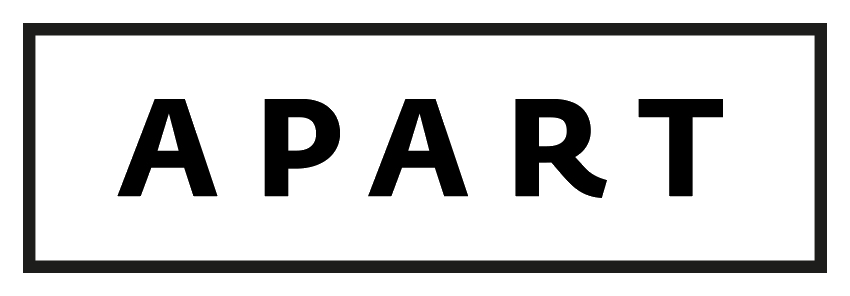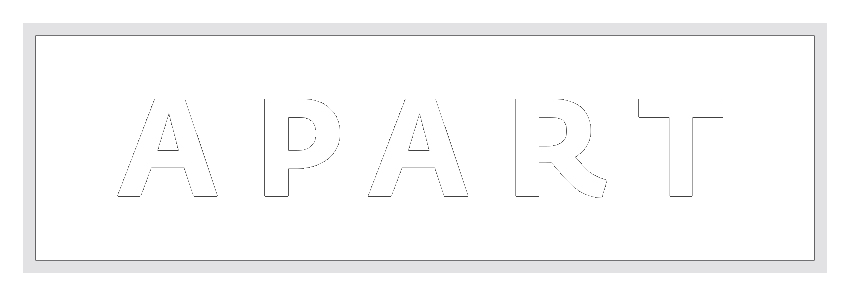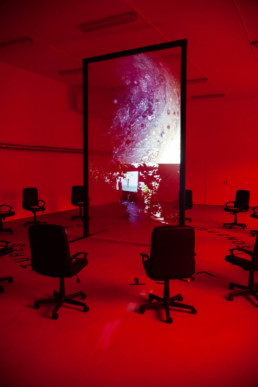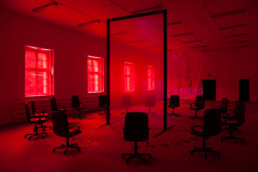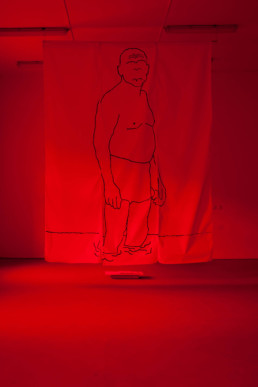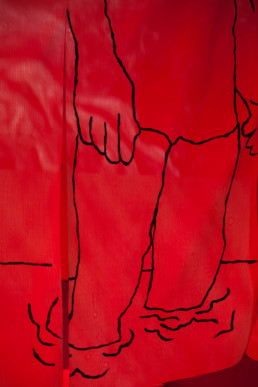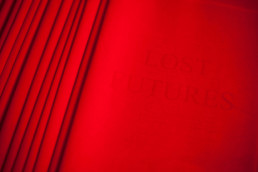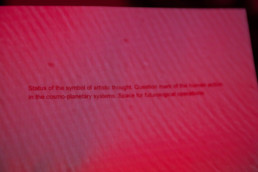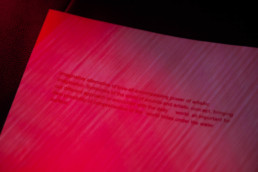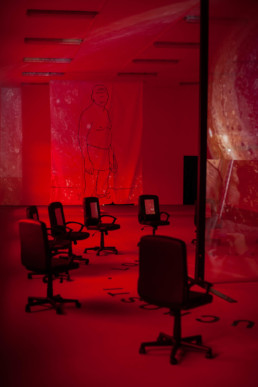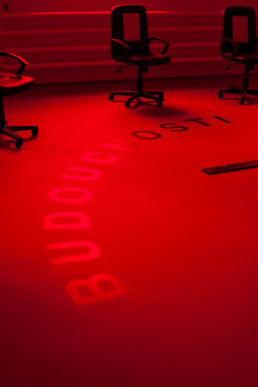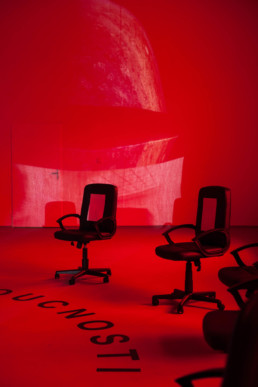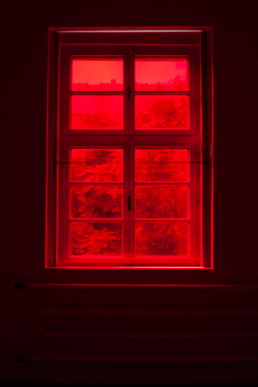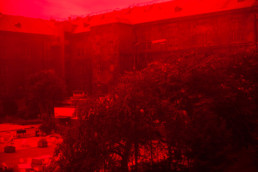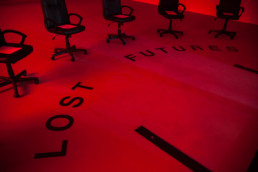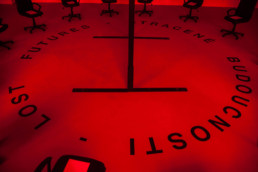20. 9. – 22. 10. 2017
opening 20. 9. 18:00
open wed-sun 2-8:30 PM
Socialist feminism
Antifašistički front žena
Jewish Labour Bund
Panfilia
Cosmohumanism
Družina
Biocosmists
Trotskyism
Anarcho-demokraták
Gaudiopolis
Solidarność
Anarcho-collectivism
Davisti
Levy Front Iskusstv
Strandzha
We are constant participants of a conference call. Voices are constantly speaking to us, seeking our attention. But who leads this call? Who speaks and what does he tell us? Who has the voice in today’s monolithic society and whose voice was denied? Who must take it violently to be heard? Who listens and who lets others to be heard? Who do we choose to listen to?
http://www.futuraproject.cz/en/karlin-studios/event/270-apart-collective-a-part-of-monolith
